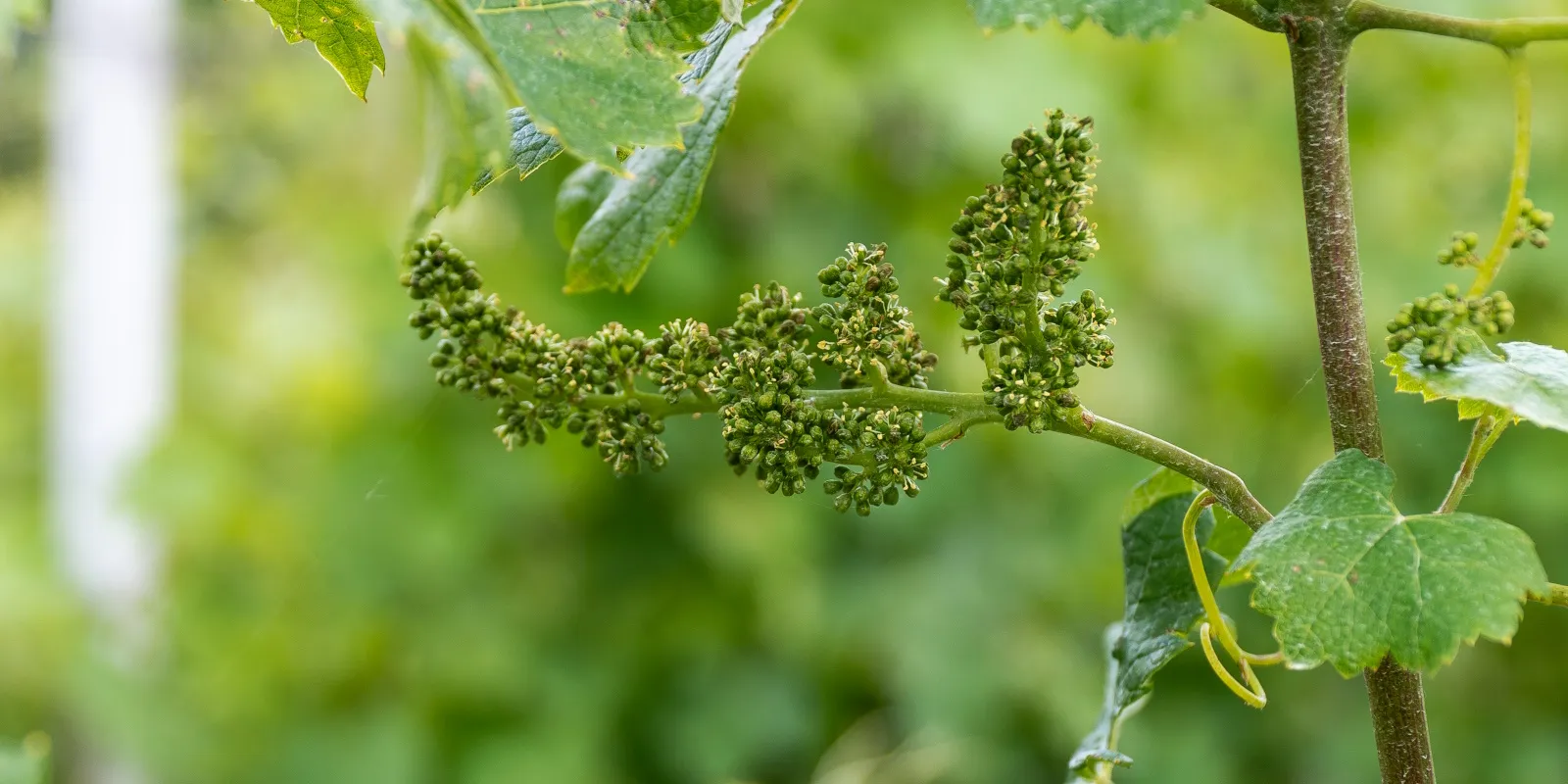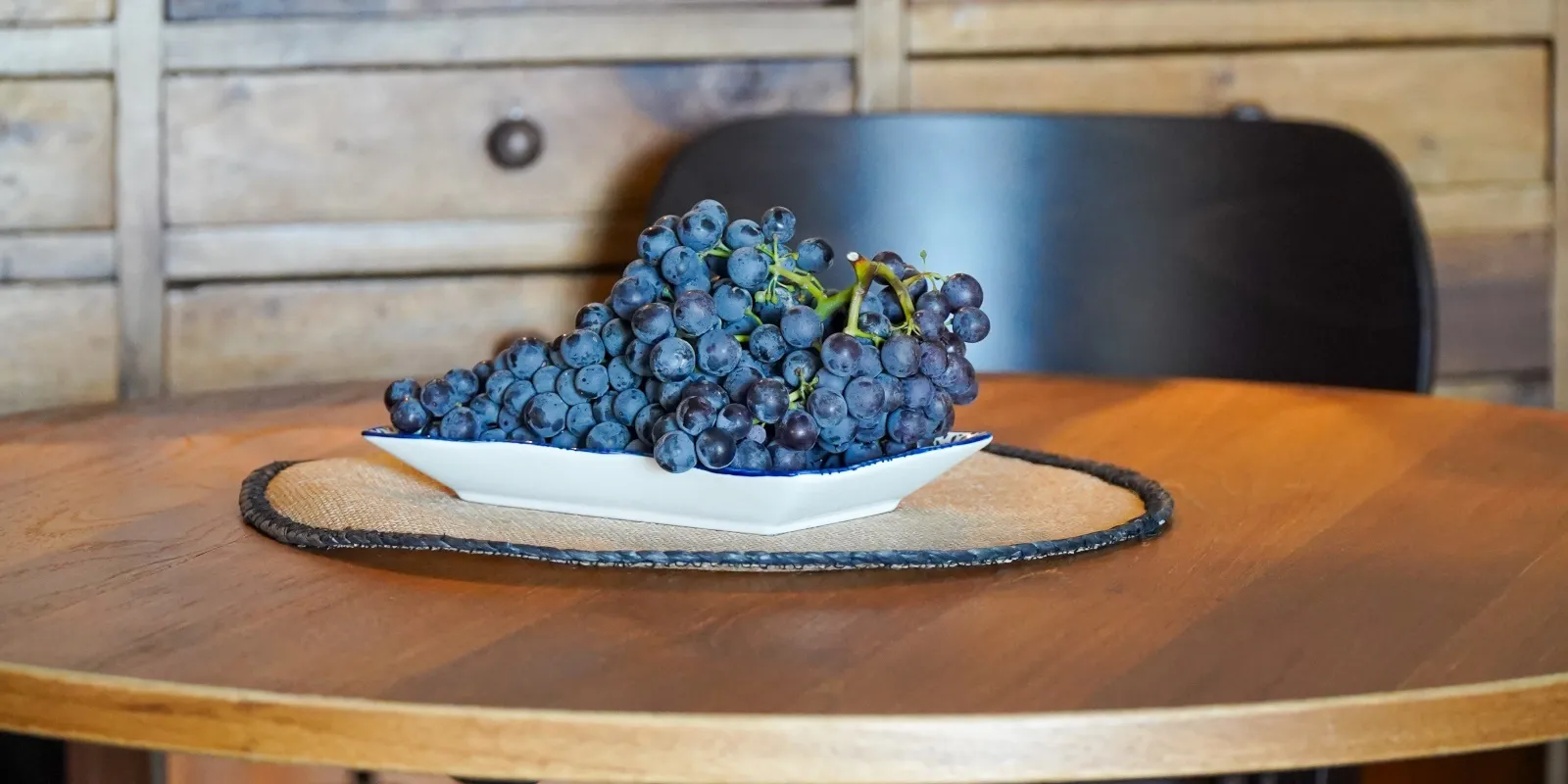According to some sources, the origin of the name Pelaverga is linked to the Latin pellis virga and refers to a particular technique adopted to favour the ripening of the grapes, which consisted in the partial peeling of the vine twigs.
Two different native grapes with autonomous genetic and morphological characteristics are known as Pelaverga in Piedmont but they are cultivated in two distinct areas: the adjective “Grosso” is used for one while “Piccolo” is used for the other, denoting the main difference between the two, which lies in the size of the berry.
Pelaverga Grosso is native to the foothills of the Saluzzo area, in the province of Cuneo; in the Turin area it is called Cari, from Chieri, the other historical growing area.
It is an adaptable and versatile vine with outstanding vigour. Due to its late budding it is well protected against spring frosts; productivity is high and constant. It is mostly grown using the espalier training system. The variety is characterised by medium-large, compact and winged, conical or elongated pyramid-shaped bunches. The berry is medium-small, spheroidal or ellipsoidal, with a medium-thick skin with purple nuances, covered in bloom. Registered as a medium-late variety, harvest time always used to be in the first ten days of October, after the Dolcetto grapes. The harvesting window is now tending to be sooner, around the second half of September.
The two Pelaverga varieties, Grosso and Piccolo, were officially registered in the National Catalogue of Vine Varieties between 1981 and 1994.


